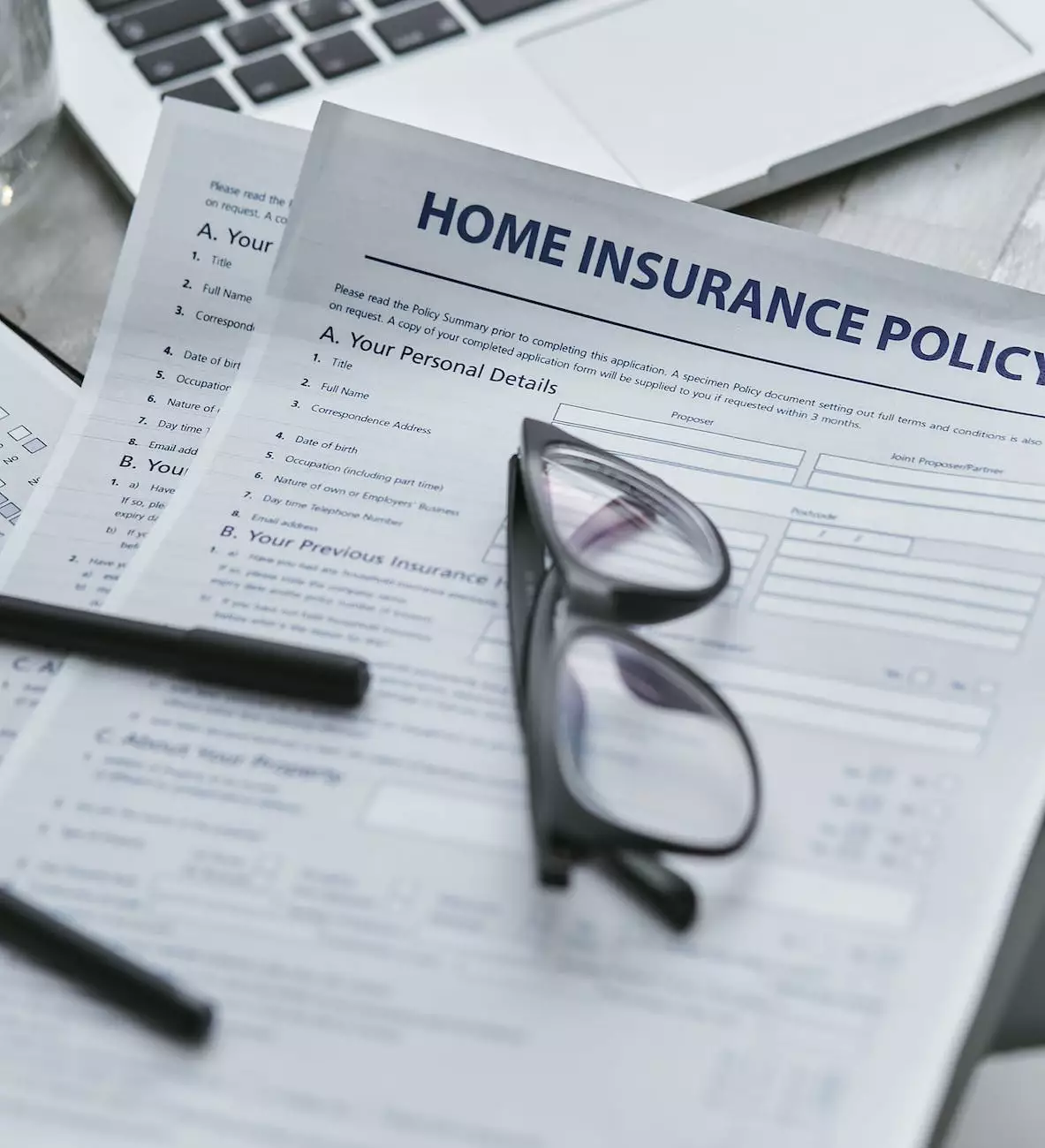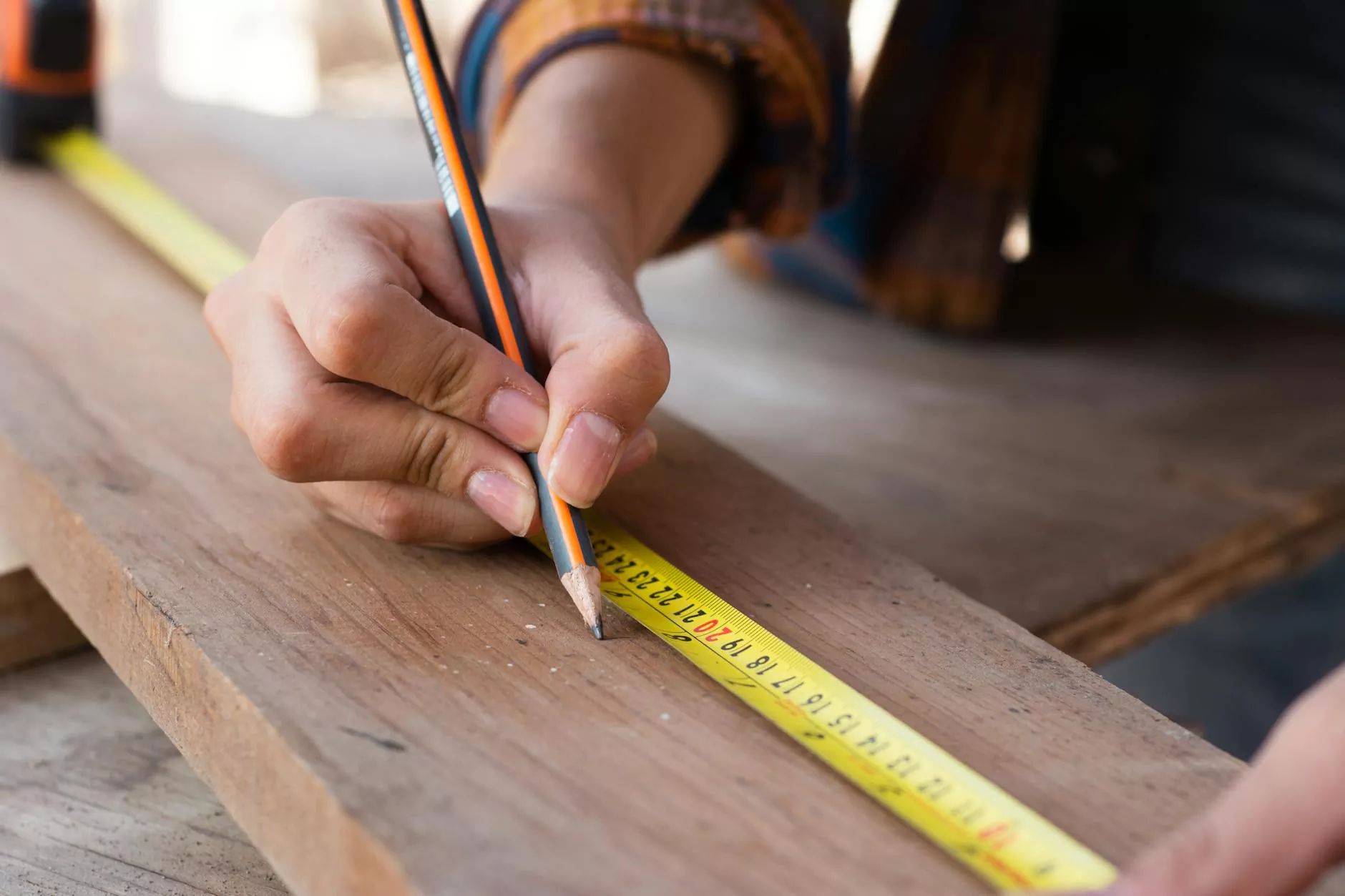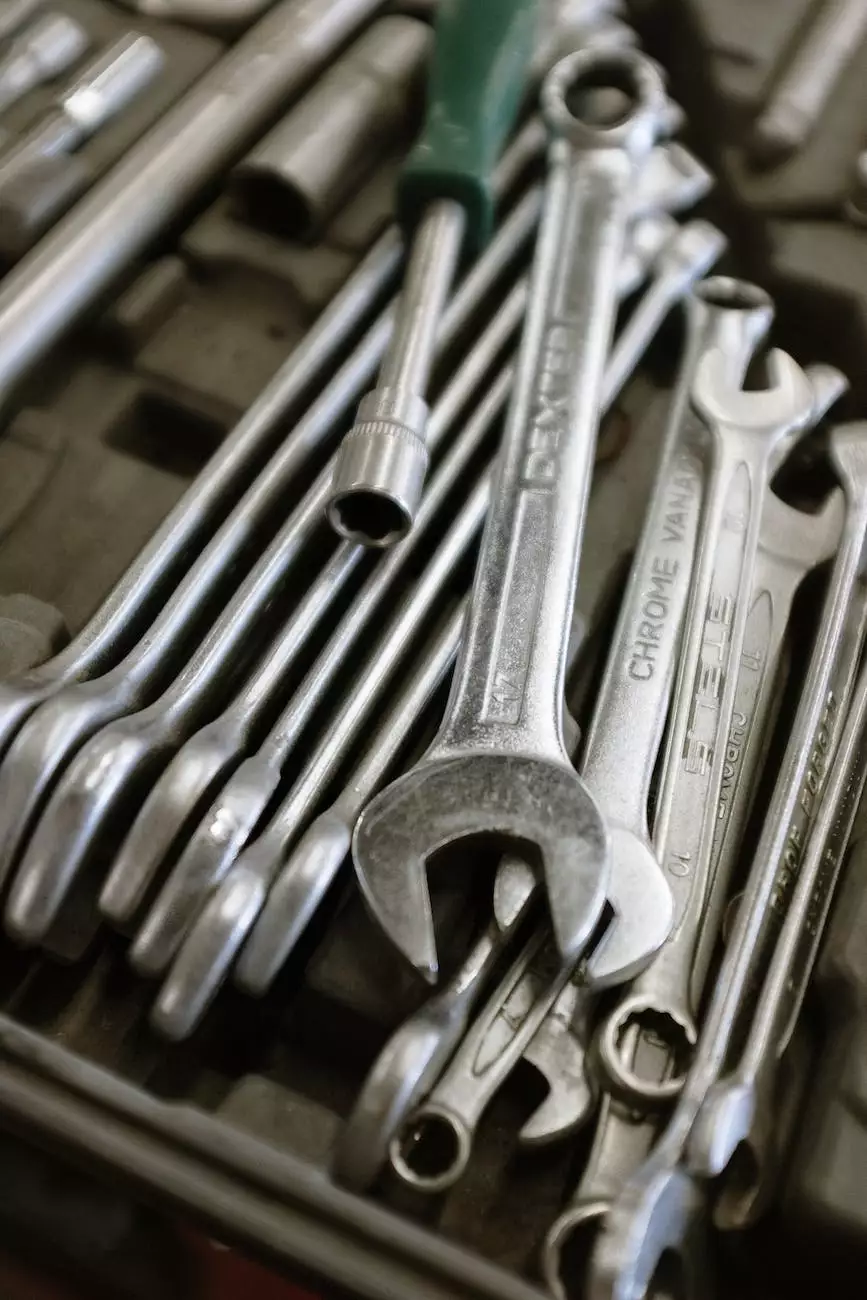Insurance Claims
Collision Repair
Introduction
Welcome to the comprehensive guide to insurance claims in the automotive industry. At BK Autosports, we understand the importance of proper insurance coverage for vehicle owners. In this guide, we aim to provide you with a detailed understanding of insurance claims, from the process involved to common types of claims and tips for maximizing your coverage.
The Claims Process
When it comes to filing an insurance claim, understanding the process is key. This section will outline the general steps involved to ensure you are well-prepared:
1. Reporting the Incident
The first step in the claims process is reporting the incident to your insurance provider. Contact your insurance company as soon as possible to provide them with the necessary details about the accident or damage. They will guide you on the next steps to take.
2. Documentation
Documentation plays a crucial role in the claims process. Make sure to gather all relevant information, including photographs of the damage, police reports (if applicable), and contact information of any witnesses. This documentation will support your claim and increase your chances of a successful outcome.
3. Evaluation
Once you have reported the incident and submitted the necessary documentation, your insurance company will assess the claim. This evaluation involves examining the extent of the damage, determining the coverage, and estimating the cost of repairs or replacement.
4. Claim Settlement
Once the evaluation is complete, your insurance company will provide you with a settlement offer. It's crucial to carefully review this offer to ensure it adequately covers the damages. If you have any concerns or questions, don't hesitate to seek clarification from your insurance provider.
5. Repair or Replacement
If you accept the settlement offer, you can proceed with the repair or replacement of your vehicle. Depending on your policy, you may have the freedom to choose your preferred repair shop or work with one recommended by your insurance company. Ensure that the repairs are done by a reputable and certified professional.
Common Types of Insurance Claims
Insurance claims can stem from various incidents and events. Understanding the different types of claims can help you navigate the claims process more efficiently. Here are some common types of insurance claims in the automotive industry:
1. Collision Damage
Collision damage claims arise from accidents involving two or more vehicles. These claims typically cover the cost of repairs to your vehicle, depending on your coverage limits and deductible.
2. Comprehensive Damage
Comprehensive damage claims encompass losses or damages not caused by collisions. This includes incidents such as theft, vandalism, fire, or natural disasters. Comprehensive coverage protects your vehicle against a wide range of risks.
3. Glass Damage
Glass damage claims are related to repairs or replacements of windshields, windows, or mirrors. They often have separate coverage policies specific to glass damage.
4. Liability Claims
Liability claims occur when you are at fault in an accident, and the other party seeks reimbursement for damages or injuries. It covers medical expenses, property damage, and legal fees that may arise from the incident.
5. Uninsured/Underinsured Motorist Claims
In cases where the at-fault party is uninsured or underinsured, uninsured/underinsured motorist claims help cover your medical expenses, repairs, and other related costs.
Tips for Maximizing Insurance Coverage
Here are some valuable tips to help you maximize your insurance coverage:
1. Review and Understand Your Policy
Take the time to thoroughly review your insurance policy to ensure you understand the coverage limits, deductibles, and exclusions. Knowing what is and isn't covered will help you make informed decisions.
2. Maintain Proper Documentation
As mentioned earlier, documentation is crucial. Keep a record of all maintenance and repairs, and promptly report any incidents to your insurance company. This will strengthen your claim and prevent any potential disputes.
3. Regularly Update Your Coverage
Keep your insurance company informed about any changes in your circumstances, such as vehicle modifications, address changes, or changes in usage. These updates ensure your coverage accurately reflects your situation.
4. Consider Additional Coverage
Exploring additional coverage options can provide extra peace of mind. Options such as gap coverage, roadside assistance, and rental car reimbursement can be highly beneficial in certain situations.
Conclusion
In conclusion, understanding insurance claims in the automotive industry is essential for every vehicle owner. Taking the time to familiarize yourself with the claims process, common types of claims, and tips for maximizing your coverage can save you valuable time and money.
At BK Autosports, we are committed to providing you with the most comprehensive information to help you navigate the insurance claims process effortlessly. Remember, being well-informed empowers you to make informed decisions and protect your valuable assets.










